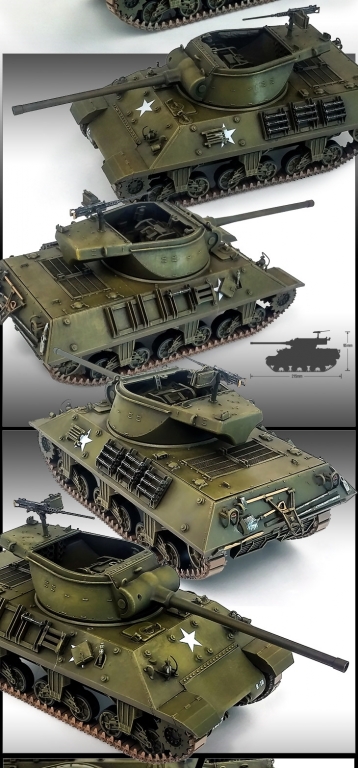

The M36B1 was built from the ground-up as a tank destroyer, using a hull based on that of the M4A3 but featuring a standard M36 turret. As the supply of these chassis was depleted, additional vehicles were created by converting Diesel-powered M10s, resulting in the M36B2. An even larger gun, the 90mm M3, was placed in a new, bigger open-topped turret on 100 new hulls purpose built for this, and by remanufacturing M10A1s, primarily from US-based training units. While the 3-inch weapon of the M10 was superior to that found on earlier US tank destroyers, it was still found to be inadequate against the ever-increasing weight of German armor. Enemy tanks were to be dealt with by specialized weapons, aptly named tank destroyers. Rather, tanks were to be the armored spearhead to breach enemy positions. Going into WWII, the prevailing strategy of the US command was that takns were not to be used to engage enemy tanks in combat.


 0 kommentar(er)
0 kommentar(er)
